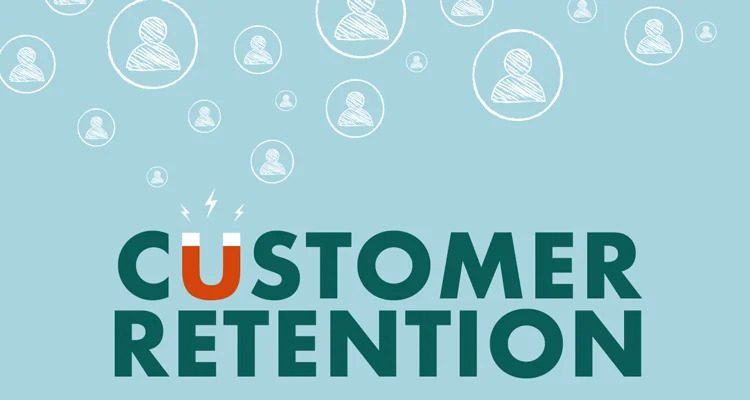Technology & food distribution are gradually becoming natural supporters as industries continue to use technology to advance their processes. As seen over the past few years that large enterprises express a keen interest in getting in the food distribution market. Basic reason a larger company is aspiring interest in the industry is since a technically forward-thinking company is exclusively positioned to interrupt the food distribution industry & take advantage.
As ever with the digital transformation, organizations who are boldest as well as who have the clear goals for how they want the technology to serve them, tend to be the great winners.
Is Food Distribution Lagging Behind in Technology?
There is particularly no short answer to this question. As with numerous other industries, it is the leaders and big enterprises that push the limits of business skill and gaining the most from it. Big industry leaders in food distribution have been investing greatly in digitizing their supply chains amongst other areas to future-proof their logistics and warehouse operations, where they noticed: “expense tasks will continue.”
With other technically advanced organizations joining B2B food distribution fold, it is predictable that their use of digital tools would position them good for the future. This is mainly the case when you measure how other businesses are using the digital tools to expand their business agility.
Food distribution is a divided industry
There are more than 16,500 businesses functioning in the space, all of different ages and sizes. This vast number of associations is partly because of a common wish amongst foodservice operators to buying supplies from various distributors for the specialty items, scattering their risk & decreasing reliance on any one supplier. However, with so many small as well as midsize suppliers, a lot of them are easy pickings for bigger businesses through merger or acquisition.
To stabilize this, SMBs in the business should make use of the tools obtainable to them to strengthen their operations, decrease waste & increase their competitiveness as much as feasible.
The Conclusion
- Food distribution is extremely competitive, with big industries implementing modern-day tech solutions to meet rising consumer demands when it is about what they eat.
- The business is fragmented, which means SMBs should follow suit if they want to survive & remain competitive with the business leaders.
- Various new and emerging technologies have been adopted by leaders, specifically logistic automation & IoT tech to rationalize operations.
- Technology will persist to drive food distribution since the advantages of using the digital tools remain obvious for the distributors.





